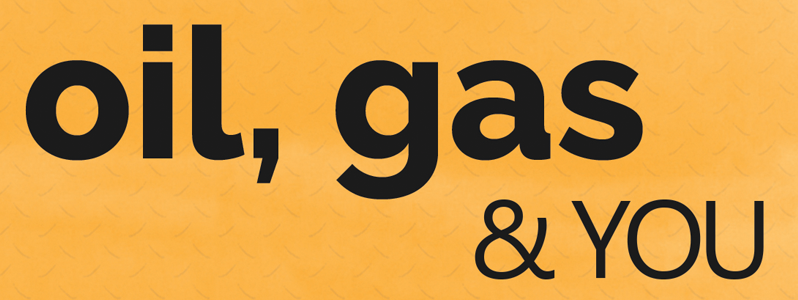LAST week, officials touted the latest sign of Guyana’s rapidly growing offshore oil development: the upcoming arrival of the Liza Unity, Guyana’s second floating production storage and offloading (FPSO) vessel. At a ceremony to celebrate the dedication of the FPSO in Georgetown, Alistair Routledge, President of ExxonMobil Guyana, said “we look forward to the safe arrival of the Liza Unity and… to the successful startup of production” of Liza Phase Two.
When the FPSO is fully commissioned and is producing around 220,000 barrels per day, it will more than double Guyana’s current oil production levels. The FPSO is expected to service up to 33 wells in the Stabroek Block, which are currently under development as part of the Liza Phase Two project.
The Liza Unity is the first FPSO to be built using SBM Offshore’s “Fast4Ward” FPSO design, incorporating the most up-to-date digital solutions and emerging technologies to constantly monitor operation and increase safety. The Fast4Ward is also designed to avoid all routine flaring. These features should also minimise maintenance time and reduce the risk of production downtime or cutbacks, providing Guyana with higher, more stable production levels in the future.
Although the ramp up time for the vessel could take six to 12 months to ensure operational safety, the FPSO will generate significant new revenues for Guyana even if it only reaches half of its total capacity in 2022. As the Liza Destiny FPSO ramps up production to around 120,000 barrels of oil per day, Guyana could see production levels above 200,000 barrels of oil per day for the first time in 2022.
In addition to higher production levels, Guyana can expect to benefit from rebounding oil prices, which have begun to climb to pre-pandemic levels. Brent Crude is now over US$70 per barrel, the highest since January 2020, which means that Guyana should see higher revenues for upcoming 2021 oil lifts. Analysts are also predicting that oil prices could reach US$75 per barrel in the third quarter of 2021, promising even higher revenues.
According to a 2020 report by Rystad Energy examining oil revenues at different price points, Guyana could earn hundreds of billions from current oil development and discoveries. If oil prices reach US$80 per barrel, Guyana could see revenues of up to US$310 billion from the 9 billion barrels oil reserves in the Stabroek block. Even if oil prices fall back to US$60 per barrel, government oil revenues would likely reach US$200 billion. With income levels this high, Guyana will have the ability to change its future long-term by investing in flood mitigation, agriculture, infrastructure, and social spending programmes that will help all Guyanese.
Deepwater exploration and development occurring off Guyana’s shores is among the most expensive type of oil and gas development. Guyana’s Production Sharing Agreement (PSA) allows for cost recovery of these projects and the Liza Phase Two alone has an expected price tag of about US$6 billion. Even after cost recovery is factored in, government revenues and income from oil lifts will still be high. Per the PSA, the government receives a two per cent royalty on all oil revenues. After this is taken out, operating companies are allowed to recover audited and approved production costs that are capped at 75 per cent of annual revenues. The remaining 25 per cent is split equally between the government and companies, which means Guyana still gets the larger cut of the pie.
Guyana has already received revenues from two oil lifts this year, with higher revenues than in 2020 due to rising oil prices. Payment for the latest oil lift amounted to US$62.6 million dollars and pushed Guyana’s total oil lifted from the Liza Destiny to date to six million barrels. A total of US$344 million, inclusive of royalties, now sits in the Natural Resources Fund. And this is just the beginning. ExxonMobil has said that it hopes to have five FPSOs operating in Stabroek Block by 2026, for a total of up to 10 FPSOs in the next decade, significantly expanding production opportunities and putting Guyana on track to production of one million barrels of oil production by 2027.
The Liza Unity is expected to depart from Singapore in a few weeks on an 80-day journey to its new home in the Stabroek Block. Its arrival will be critical to the development of Liza Phase Two and Guyana’s continued progress as an oil and gas producer. The Liza Phase Two Development is expected to start production by mid-2022. Once Liza Unity is safely in place and producing at capacity, Guyana can expect more frequent oil lifts and higher revenues that will bring opportunities for more transformational change in the country.





.jpg)








